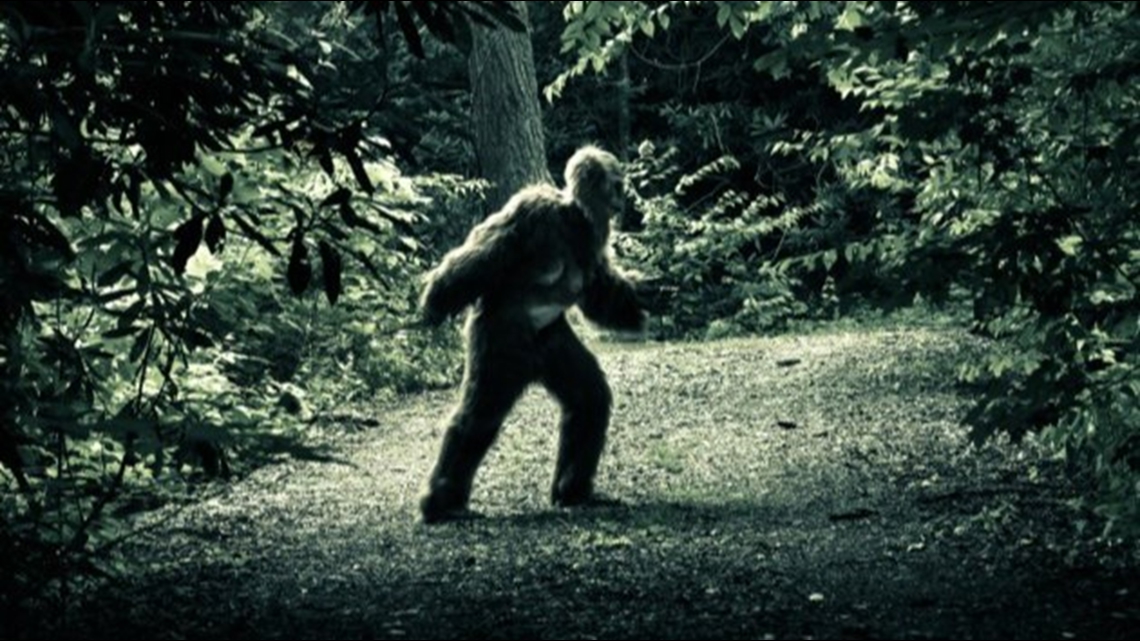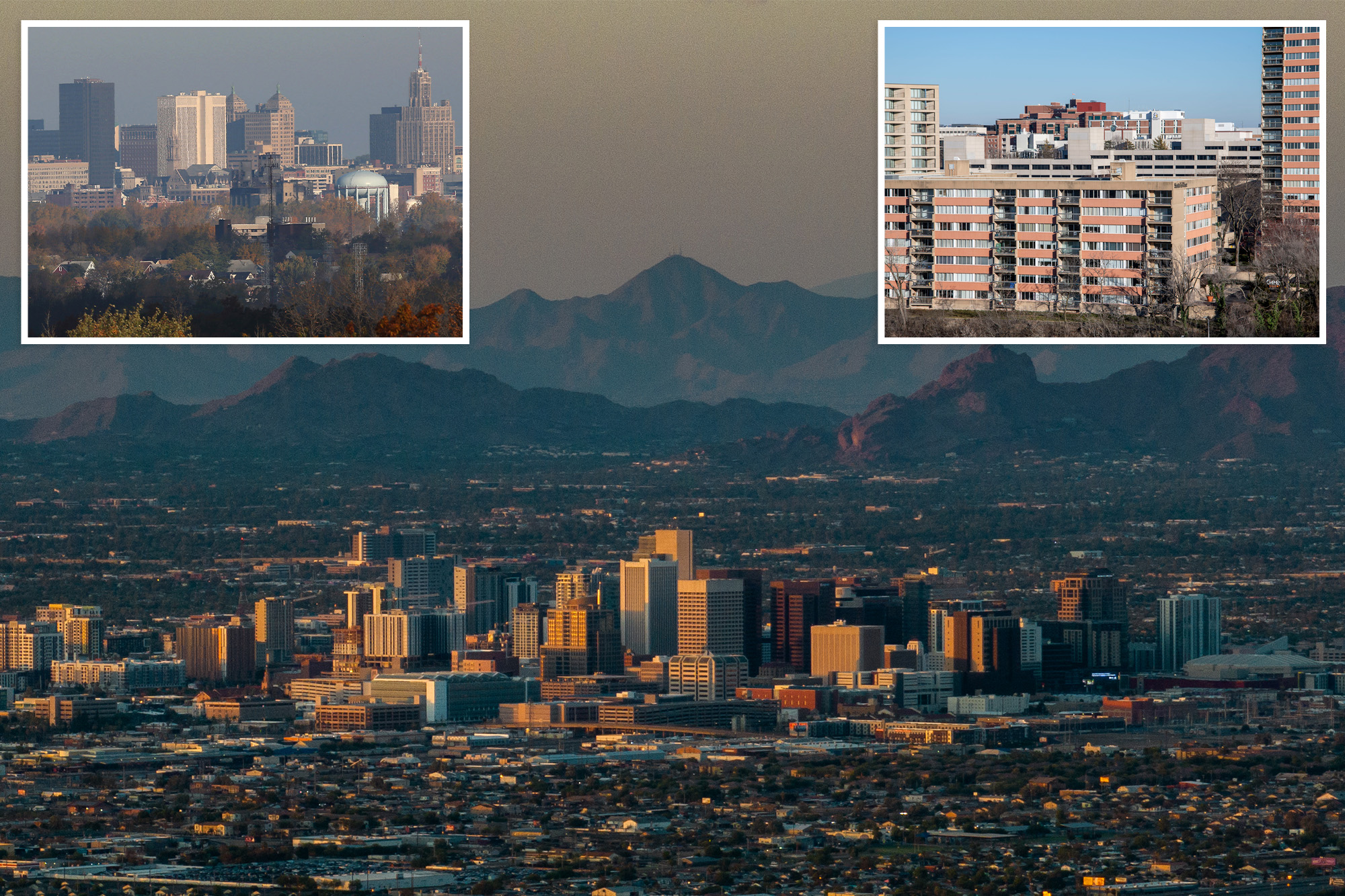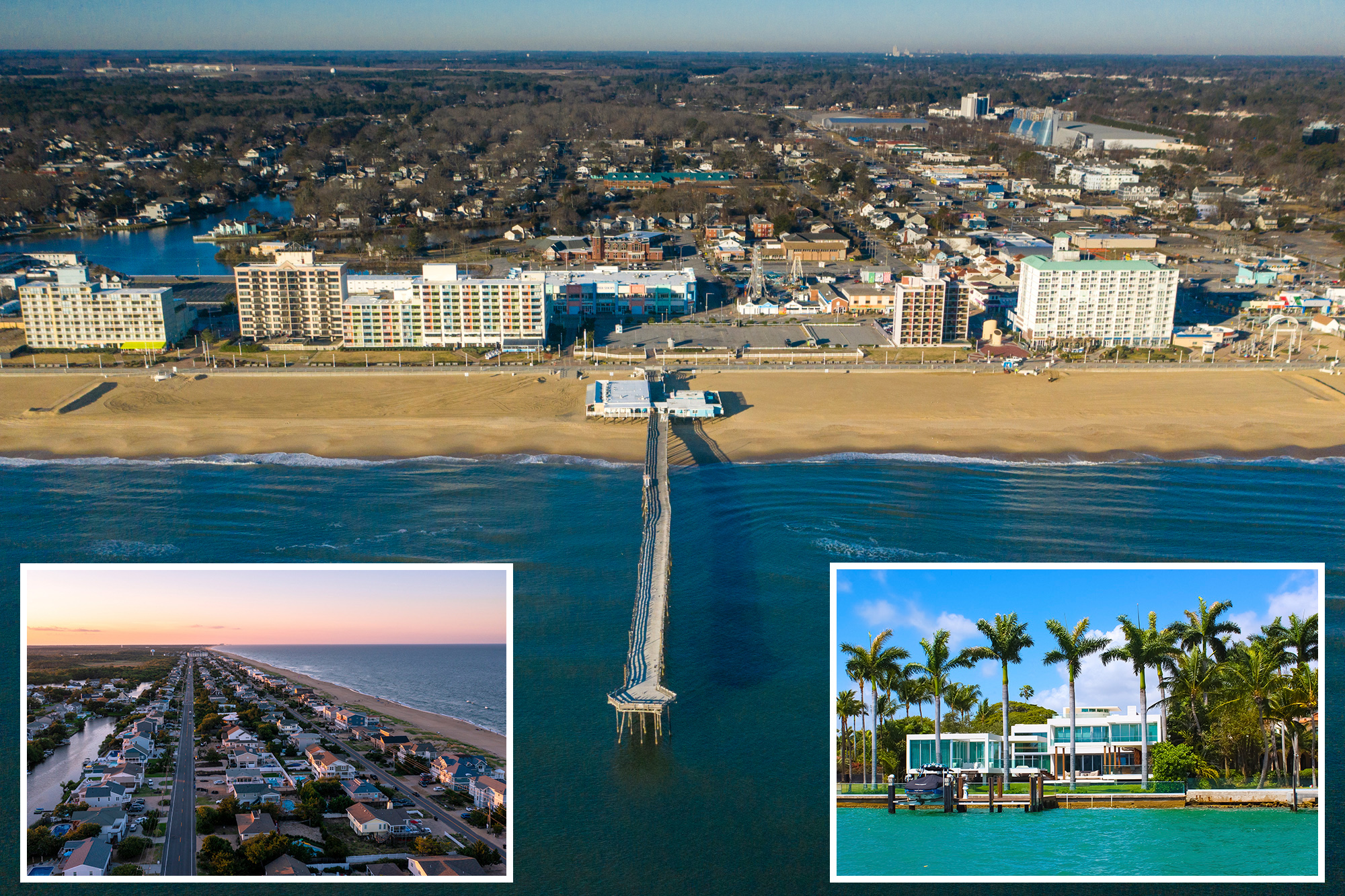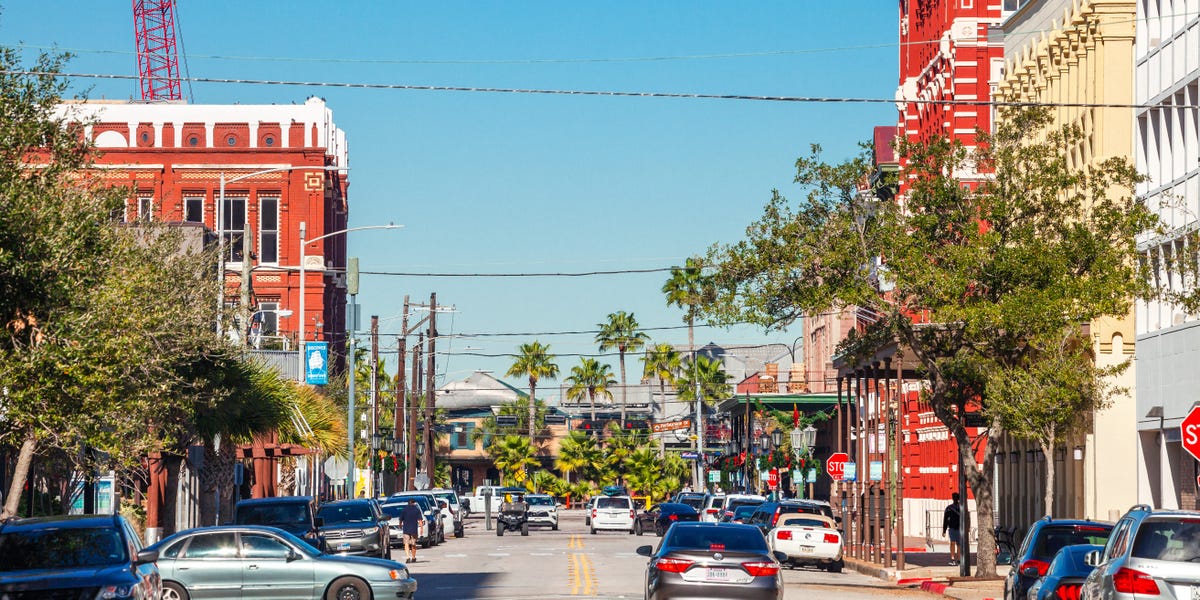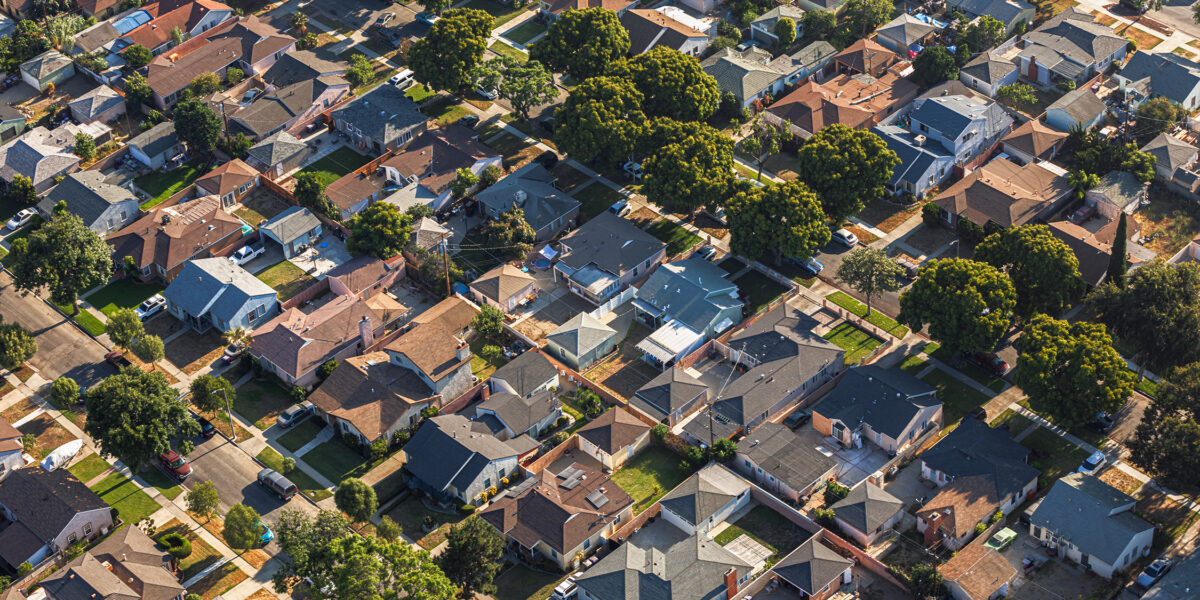I
daho ranks eighth in North America for Bigfoot encounters, giving residents a 2.1 % chance of spotting the cryptid. The ranking comes from a Canada Sports Betting study that examined sightings per capita, recent reports, forest cover and climate across the continent, released on National Sasquatch Day, Oct. 20.
The state logged 105 sightings—5.17 per 100,000 people—within its 40.55 % forested area and an average temperature of 45.4 °F, conditions that researchers say favor a large, hairy creature. The latest sighting occurred in May near Boise, when a backpacker at Upper Dry Creek reported an encounter.
Washington tops the list with a 3.0 % probability, followed by West Virginia (2.9 %), Oregon (2.7 %), British Columbia (2.6 %) and then Michigan, Maine, Pennsylvania, Idaho, Ohio and Massachusetts in the top ten.
Idahoans are more likely to see Bigfoot than win most lottery prizes. The creature, also called Sasquatch, is described as a towering, fur‑covered being that roams Pacific Northwest forests. Folklore links the legend to European wild men, indigenous tales and mid‑20th‑century American myth, while evidence presented by enthusiasts includes anecdotes, photos, videos, audio, hair samples and footprint casts. Scientists remain skeptical, and the phenomenon is often attributed to a mix of cultural storytelling and misidentification.
Idaho’s rugged landscapes, especially around Priest Lake, attract many seekers. The study’s methodology compared reported sightings with population density, assessed encounter recency, measured forest coverage and considered average temperatures.
A 2.1 % chance translates to American odds of +4,662—an astronomically low probability that most gamblers would advise against betting on. Yet believers persist, driven by the allure of the unknown and the camaraderie of forest hikes that can last hours.
Whether Bigfoot roams Idaho’s wilderness or remains a myth, the legend endures, inspiring adventure and wonder in the state’s natural settings.
